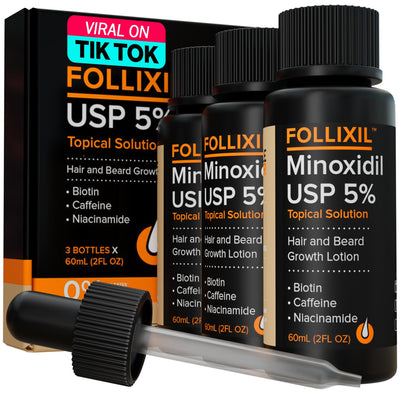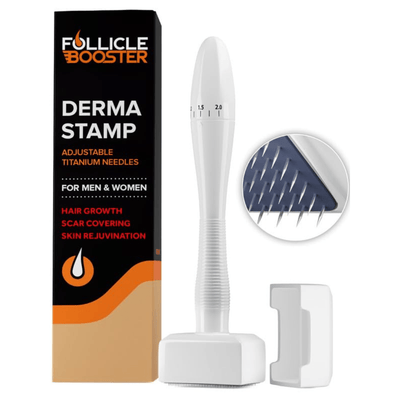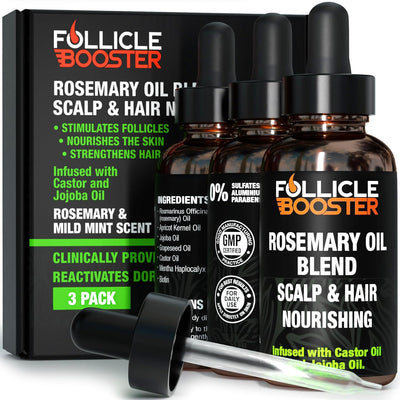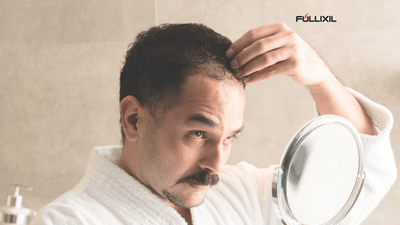Hair loss, medically known as androgenetic alopecia or male pattern baldness, is a common concern for many individuals. The search for practical solutions to combat this issue has led to the prominence of finasteride, a medication that has garnered considerable attention over the years. This blog will explore the three key reasons behind the hype surrounding finasteride as a hair loss treatment.
-
FDA Approval and Proven Efficacy
One of the primary reasons for the buzz around finasteride is its endorsement by the United States Food and Drug Administration (FDA). In 1997, the FDA approved finasteride for the treatment of androgenetic alopecia. This approval marked a significant milestone in the battle against hair loss. For many individuals facing the distressing prospect of thinning hair or receding hairlines, the FDA's stamp of approval provided a sense of assurance that the medication was safe and effective.

With its FDA endorsement, finasteride became the first oral medication for hair loss, paving the way for future advancements in the field. The recommended daily finasteride dosage is 1 milligram, making it a convenient and straightforward treatment option. The approval by a reputable regulatory body like the FDA instilled confidence in healthcare professionals and patients, establishing finasteride as a go-to choice for hair loss treatment.
-
DHT Reduction: The Mechanism of Action
The second compelling reason behind finasteride's hair loss hype lies in its unique mechanism of action. Finasteride is classified as a 5-alpha-reductase inhibitor, and its primary function is to reduce dihydrotestosterone (DHT) levels in the body. DHT is a derivative of testosterone known to be a key contributor to the miniaturization of hair follicles in androgenetic alopecia. This means that as DHT levels increase in the body, the hair follicles become progressively thinner and shorter, eventually leading to hair loss.
By inhibiting the production of DHT, finasteride effectively disrupts this process. It allows hair follicles to regain their normal size and function, which can prevent further hair loss and, in some cases, hair regrowth. The action of finasteride at the hormonal level sets it apart from many other hair loss treatments, which often focus on external factors. This specific targeting of DHT makes finasteride an attractive choice for individuals looking for an evidence-based approach to hair restoration.
-
Limited Alternatives for Hair Loss
The third compelling reason to consider finasteride is the scarcity of effective alternatives for combating hair loss. While there are various topical treatments, hair growth shampoos, and natural remedies available, few have been as rigorously studied and proven as finasteride.
Other treatments may yield mixed results or have limited scientific evidence supporting their efficacy. This can leave individuals feeling frustrated and searching for a reliable solution. For many, finasteride represents one of the most well-established and clinically proven options for managing hair loss. It's not only a proactive approach but also one with a substantial body of research to back it up.
In conclusion, the popularity and attention garnered by finasteride as a hair loss treatment can be attributed to these three key factors: FDA approval, its DHT-reduction mechanism, and the limited alternatives available. It's important to note that while finasteride offers promise, it may not be suitable for everyone, and its use should be discussed with a healthcare professional. As with any medication, potential side effects and individual variations should be considered when deciding to use finasteride. Nonetheless, finasteride remains a prominent option for those seeking a science-backed solution to hair loss, offering hope to many in their journey to restore their hair and confidence.












